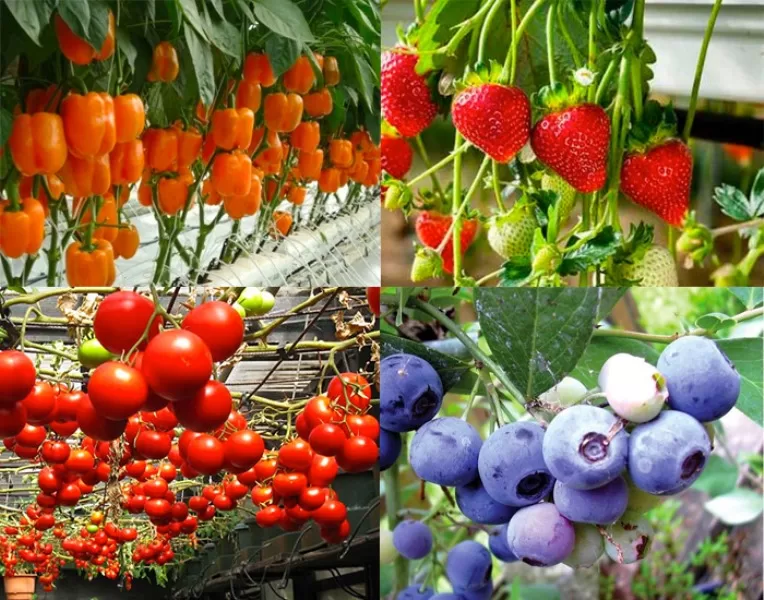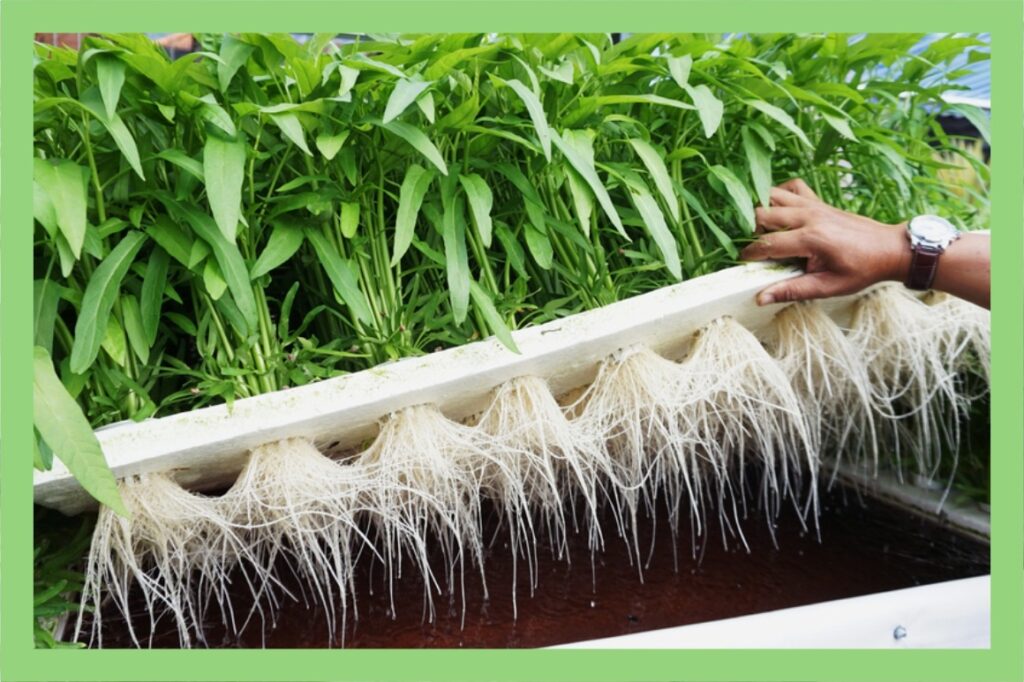Agriculture is one of the major drivers of biodiversity loss. It can lead to habitat destruction, as land is converted for agricultural use. This can result in the loss of habitat for many species of plants and animals. In addition, agriculture often involves the use of pesticides and fertilizers, which can have negative impacts on the environment and can lead to the loss of biodiversity. Finally, the expansion of agriculture often leads to the introduction of non-native species, which can have negative impacts on native species. Overall, agriculture is a significant contributor to biodiversity loss, and efforts to address this issue will need to consider the impacts of agricultural practices on the environment.
The repercussions of climate change are evident everywhere, especially now that the world is experiencing record-breaking temperatures, seas, and weather events. Every year, 12 million hectares of arable land are lost worldwide, and to feed the world’s growing population, agricultural output will need to rise by 70%. It is not surprising that the agtech market, which includes the space industry, is experiencing consistent development, investment, and innovation.
Vertical farming is a method of growing crops in stacked layers, typically using hydroponics or other soil-less methods. There are a number of potential benefits to vertical farming, including the ability to grow crops in urban areas, increased efficiency, and reduced water and chemical usage. However, it is not clear whether vertical farming can protect agriculture crops from global warming.
One potential benefit of vertical farming is that it can allow for more controlled growing conditions, which may make crops more resilient to the impacts of global warming. For example, temperature and humidity can be more easily regulated in a vertical farm, which could help to protect crops from extreme weather events. However, it is important to note that vertical farming still relies on energy inputs, such as electricity, to power lights and pumps, and this energy may be derived from fossil fuels, which contribute to global warming.
Overall, it is likely that vertical farming can play a role in helping to mitigate the impacts of global warming on agriculture, but it is not a complete solution. A range of approaches will be needed to address the challenges posed by global warming to agriculture.
There are several reasons why vertical farming is important. First, compared to conventional farms, vertical farms produce a lot more. Depending on the crop, a vertically farmed acre can generate the equivalent of four to six soil-based acres. Second, year-round, pest- and weather-free growing is possible with vertical farms. Third, vertical farms are far more sustainable for both the crops and the planet. They don’t require pesticides or herbicides to operate, and since they don’t require farm equipment, they use (and produce) very little fossil fuel.
Global warming can have a number of impacts on fertile land, including:
- Decreasing soil moisture: Higher temperatures and changing rainfall patterns can lead to drought, which can reduce soil moisture and make it more difficult for crops to grow.
- Decreasing soil fertility: Higher temperatures and drought can also lead to a decline in soil fertility, as nutrients are lost through evaporation and erosion.
- Increasing pest and disease pressures: Warmer temperatures can lead to an increase in pests and diseases that can damage crops.
- Increasing the risk of crop failures: Extreme weather events, such as heatwaves, floods, and storms, which are becoming more common due to global warming, can lead to crop failures.
Overall, global warming is likely to have a negative impact on fertile land, leading to decreased crop yields and potentially affecting global food security.






